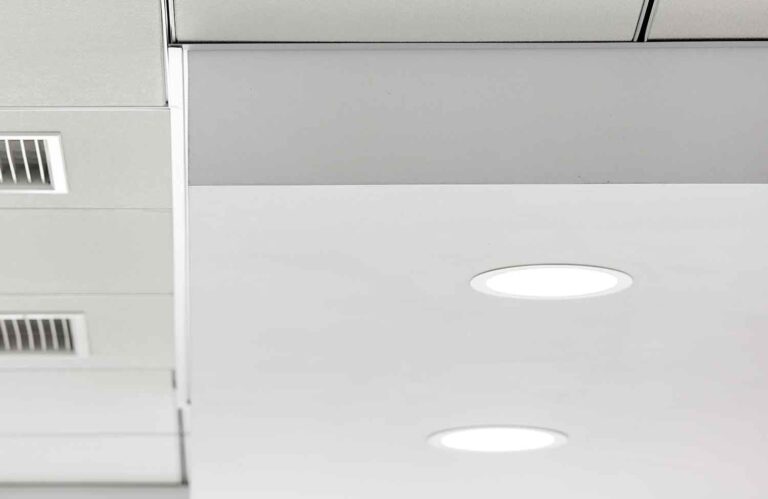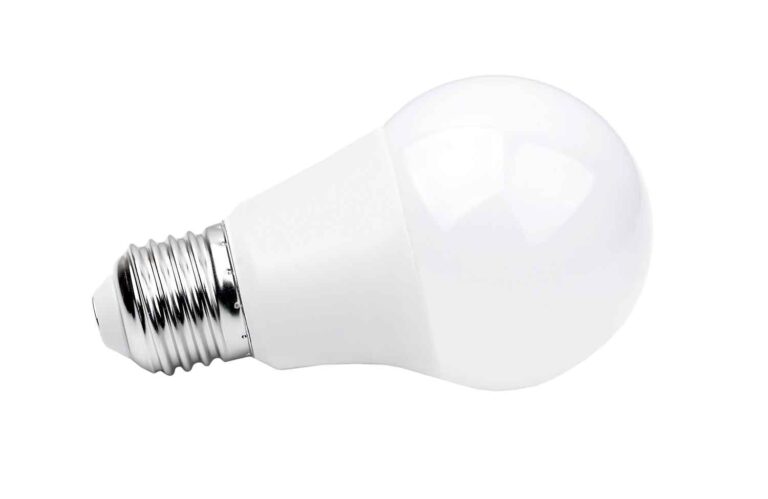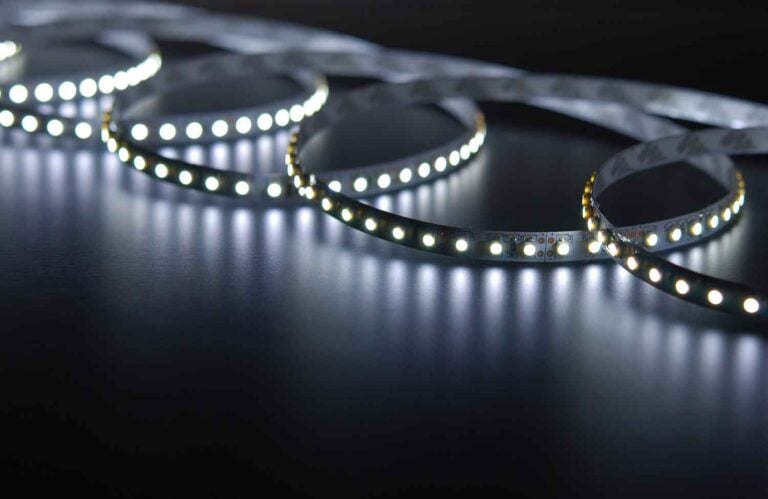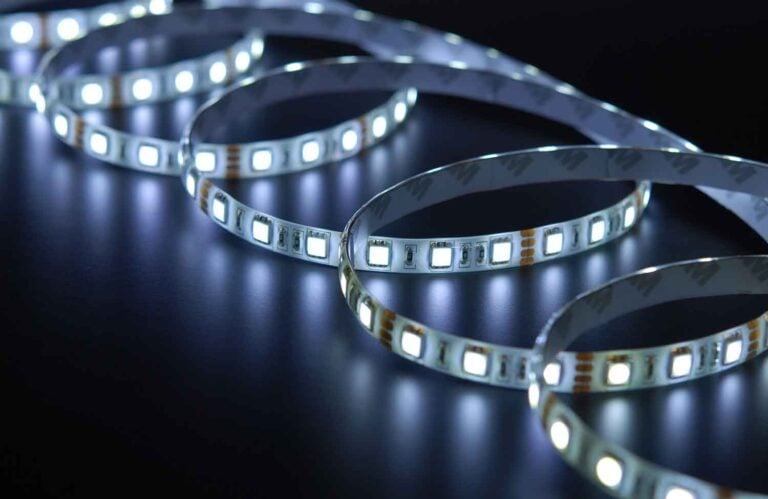Do LED Strip Lights Cost a Lot of Electricity?
In the age of rising energy costs, being aware of the power consumption of your electrical devices has never been more important. Lighting fixtures are of particular importance as you use them every day, usually for hours at a time. Such fixtures rising in popularity are LED strip lights; if you have these lights, or you’re considering getting them, you may be concerned about how much they’ll cost long-term.
No, LED strip lights generally do not cost a lot of money to run, as they consume relatively little electricity. The cost to run an LED strip light is a fraction of what it would cost to run a conventional fixture for an equivalent amount of time. Compared to incandescent and fluorescent bulbs, LEDs are significantly more energy efficient. Factors that affect how much electricity an LED strip light consumes include its length, LED density, and individual LED size; longer LED strips are more likely to consume more electricity.
What Are LED Strip Lights?
LED strip lights are a modern and highly versatile form of LED lighting fixture. As the name suggests, they are essentially a strip of LED light bulbs, with fixtures coming in a variety of lengths, colours, and brightness levels.
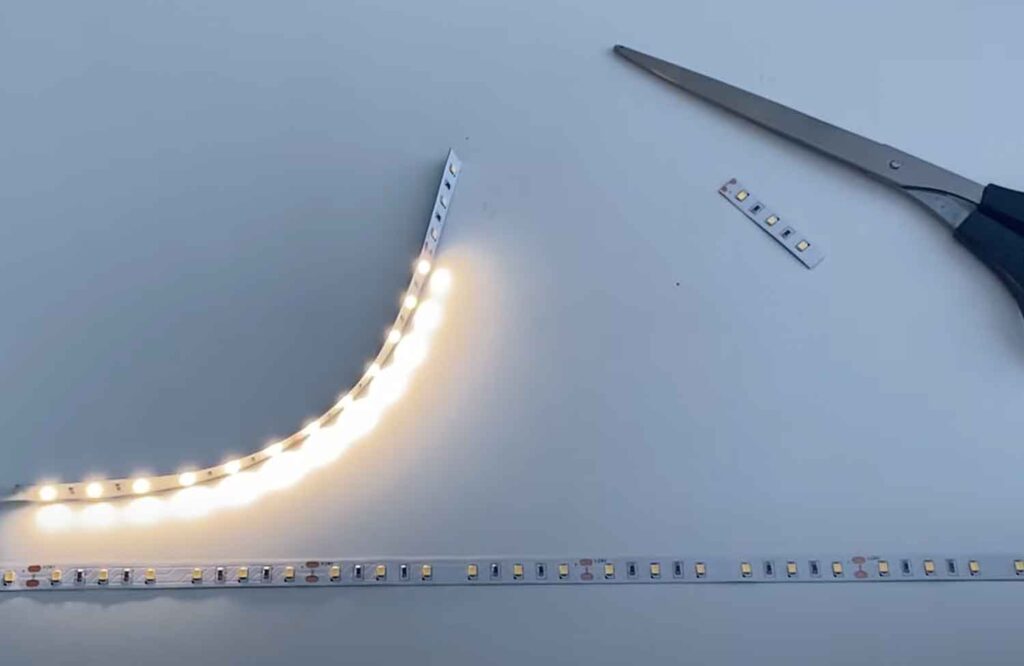
LED strip lights are made up of individual LED bulbs that sit along a slim, flexible circuit board. They use low-voltage direct current (DC) power to work and plug into your home’s electrics via a regular wall socket. The installation process for LED strip lights is relatively simple and straightforward; they come with a robust adhesive backing, enabling you to peel and stick the lights on most surfaces. Furthermore, the flexibility of the circuit board allows for the strip lights to be bent at a 90-degree angle; they are also roughly 1/16” in thickness, meaning you can discretely fit them in a variety of confined or angled locations.
The top feature of LED strip lights is their versatility and customisability. For most models of these fixtures, it’s possible to cut the strip lights without impacting the functionality of the LEDs; the LED bulbs are powered by individual circuits and come with marked lines to indicate the strip’s safe cutting points. This allows you to cut the strip lights down to size to fit neatly into their intended location. You will find strip lights in a range of colours, from single colours to colour-changing RGB models. Models also come with different brightness options to suit all preferences.
How Energy Efficient Are LED Lights?
Generally speaking, any fixtures that involve LED bulbs are far more energy efficient than fixtures using traditional bulb types. LED lights typically use up to 90% less energy than conventional incandescent bulbs.
We can better understand the energy efficiency of different bulb types by looking at how they actually work to produce light. Before the advent of LED bulbs, traditional bulb types like incandescent and fluorescent were most commonly used in lighting fixtures. Incandescent bulbs contain a wire filament through which an electric current passes, heating the filament to the point of glowing; fluorescent bulbs instead pass an electric current through a tube containing gases that light up in response to the electricity.
For these conventional bulbs, their mode of operation inevitably gives off heat as a byproduct of the light they produce. This means that the bulbs lose much of the electricity they draw via the heat they also give off. Not does this heat lead to energy wastage, it also causes the rapid degradation of the bulb itself. Consequently, incandescent bulbs only come with typical lifespans of up to 1,000 hours, while fluorescent bulbs have a maximum lifespan of 15,000 hours.
LED bulbs, on the other hand, do not involve such heated filaments or gases. They instead produce light using ‘light emitting diodes’ powered by a series of microchips and drivers within the bulb. Unlike conventional bulbs, LEDs are highly energy efficient as they give off very little heat during operation; the majority of the energy they draw goes into light production. Generating less heat, LED bulbs come with much longer lifespans of between 15,000 and 50,000 hours of use.
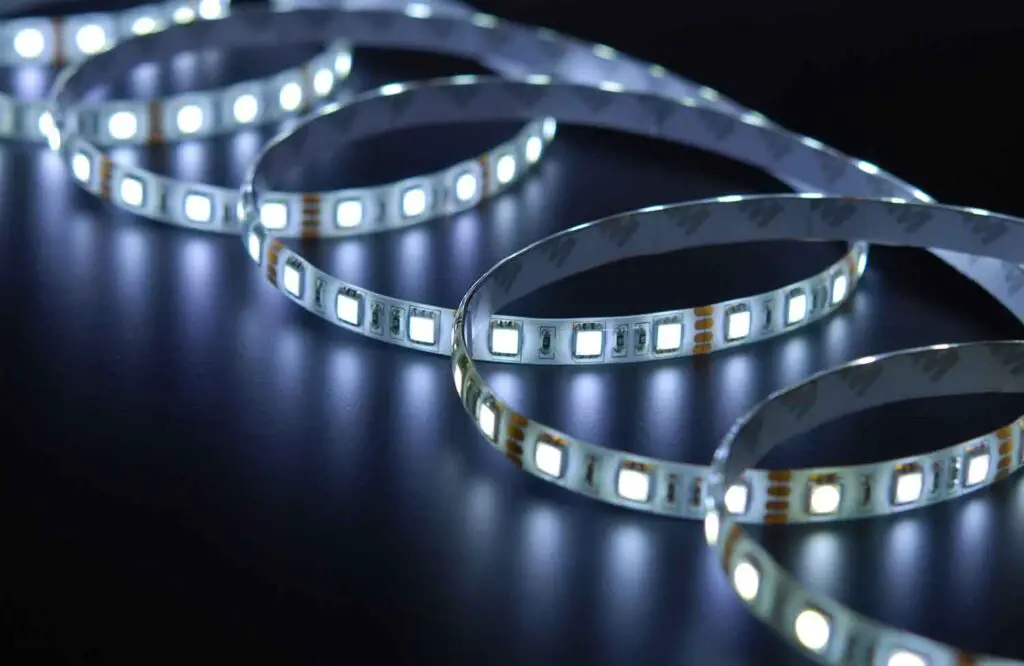
How Much Electricity Do LED Strip Lights Use?
The amount of electricity an LED strip light uses will vary depending on two main variables; both the power consumption and the length of the light strip will influence its overall electrical usage. More specifically, the light density on the strip and diode size of the LEDs determines the fixture’s power consumption. All of these factors will impact the amount of electricity the strip light uses during operation.
Strip Length
The power consumption of any given LED strip light fixture is measured in watts per metre. This essentially means that the longer the strip is in metres, the more watts it will draw to light up. You can find the power consumption for a particular model of strip light by looking at its packaging or specs; this will be a figure in the format of either W/m (watts per metre) or W/f (watts per foot). As we explain below, a strip light’s power consumption is primarily influenced by the density and size of its LEDs.
LED Density
The density of the LEDs on the strip will impact its watts per metre measurement. Higher-density fixtures, i.e. those with more LEDs per metre, draw more electricity than those that are lower-density. As an example, a standard density LED strip light fixture typically contains 30 diodes per metre. Higher-density fixtures could instead have 60 or 120 diodes on an equivalent length of strip. The higher-density fixtures with more diodes will use the most electricity during operation.
LED Size
Another element that affects the watts per metre a strip light consumes is the size of its individual diodes. The size of the LEDs in a strip light is measured in width and height, represented as a four-digit number. To give a couple of examples, 35mm by 28mm LEDs would be called 3528 diodes; 50mm by 50mm LEDs would be 5050 diodes. While 5050 diodes are brighter than 3528s, they draw more electricity, so a 5050 strip light often uses more power. However, keep in mind that LED density will also impact the power consumption of the strip lights; a 3528 strip light will draw more power than a 5050 strip light if it has a higher density of LEDs per metre.
Connected Strip Light Sections
Additionally, the power consumption of an LED strip light will be greater when more sections run on the same circuit. It’s possible to extend the overall length of an LED strip light by connecting individual strips together. In doing so, you’re adding more length and LEDs to the original fixture; this in turn increases the amount of electricity the fixture consumes during operation. As an additional note, if you choose to connect LED strips, use the same model of strips in the series. Combining different models with different power consumption rates can create a potential safety hazard.
Do LED Strip Lights Cost a Lot of Electricity?
The cost of running an LED strip light is relatively minimal compared to other similar types of lighting fixtures. As we’ve now explained, LED bulbs use a fraction of the electricity that conventional bulb types require. Their lower power consumption means that LED lighting fixtures cost less to run than their conventional alternatives.
The exact running costs of an LED strip light will ultimately vary on the factors previously discussed in this article; the strip’s length and power consumption, influenced by the size and density of the LEDs, are these primary factors. To give an example, a typical 10W LED strip light will cost around £10 per year to run; in comparison, the cost of running an incandescent fixture for the equivalent time would cost £60.
Calculating the Running Cost of an LED Strip Light
To calculate the exact cost of running a certain LED strip light, you must first find out its length in metres. You will also need to know the power consumption of the strip in watts per metre (W/m). Using these figures, you can follow a simple formula to find out the total annual running cost of the strip light.
The formula is as follows:
(Watts per Metre * Length of Strip in Metres * Running Hours per Day * Days per Year) / 1000 = Annual Power Consumption in kW/h
You would then take the strip light’s energy consumption in kW/h and multiply it by the price of your energy tariff:
Annual Power Consumption in kW/h * Electricity Price = Annual Running Cost
As a working example, let’s say you have a 5m LED strip light with a rated power consumption of 14.4 W/m. You want to work out how much it would cost to use the fixture for 8 hours per day, over 365 days per year. The calculation would look like this:
(14.4 * 5 * 8 * 365) / 1000 = 210.24 kW/h
Using this fixture for 8 hours daily over a year would use 210.24 kW/h of energy. Taking this figure and multiplying it by your electricity tariff will give you the strip light’s annual running cost. We’ve used the average cost per kW/h in the UK for this example, which is 34 pence per kW/h.
315.360 kW/h * 34p/kWh = £71.48
So, in this example, it would cost you a total of £71.48 per year; this is if you were to run the strip light for 8 hours per day every day.

